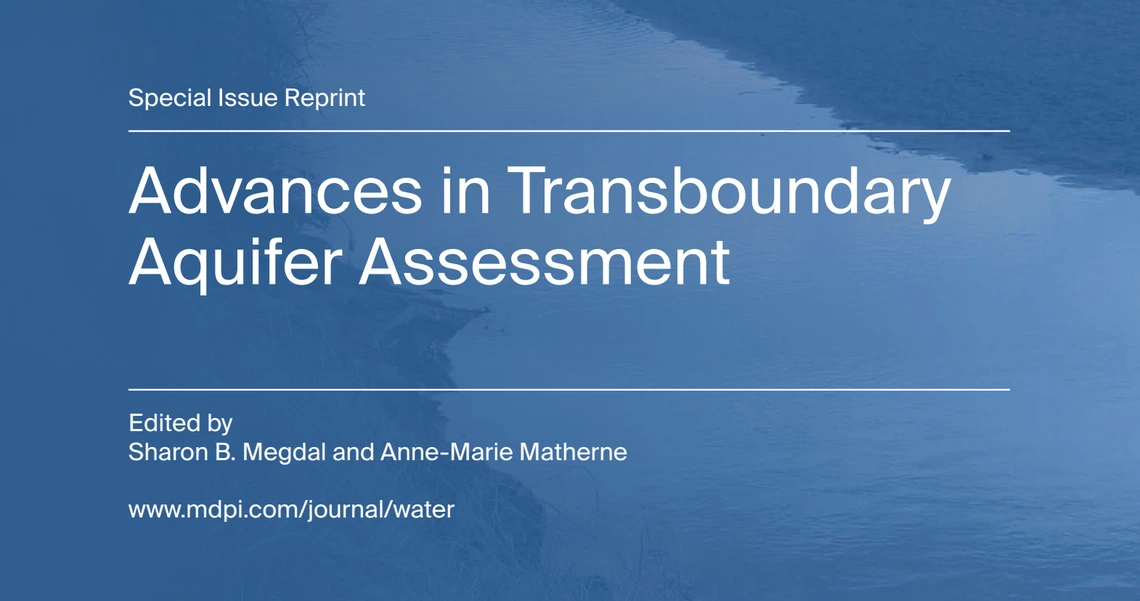Transboundary Aquifer Assessment Book Published

A new book, Advances in Transboundary Aquifer Assessment, edited by WRRC Director Sharon B. Megdal and Anne-Marie Matherne of the US Geological Survey, reprints the Special Issue of the same title that was published previously online in the open-access journal Water. Around the globe, groundwater is an increasingly important resource. Therefore, understanding aquifers, both in terms of their physical characteristics and governance contexts, is taking on greater importance. Of particular concern are transboundary aquifers whose effective management requires cross-border collaboration and the cooperation of multiple jurisdictions. This volume features recent work on the topic. The collected articles fall into three sections: (1) Transboundary governance and stakeholder engagement, (2) Aquifer characterization and assessment, and (3) Integration of stakeholder input into model development. Articles range from physical descriptions of aquifer systems and the impacts of system stressors to investigations of “the complexities introduced by working across borders with differing governance frameworks, institutions, cultures, and sometimes languages.” Stakeholder engagement practices that facilitate the needed cooperation are highlighted. Most of the articles deal with conditions and issues of aquifers shared across the US-Mexico border, “a semi-arid to arid region experiencing significant population growth and changing climate conditions.” Together, the collected articles are intended to “encourage additional research that contributes to understanding groundwater and aquifer systems,” and will inform “groundwater management discussions by policymakers.”
Image: Sanchez, R.; Rodriguez, L. Transboundary Aquifers between Baja California, Sonora and Chihuahua, Mexico, and California, Arizona and New Mexico, United States: Identification and Categorization. Water 2021, 13, 2878. Figure 17.

